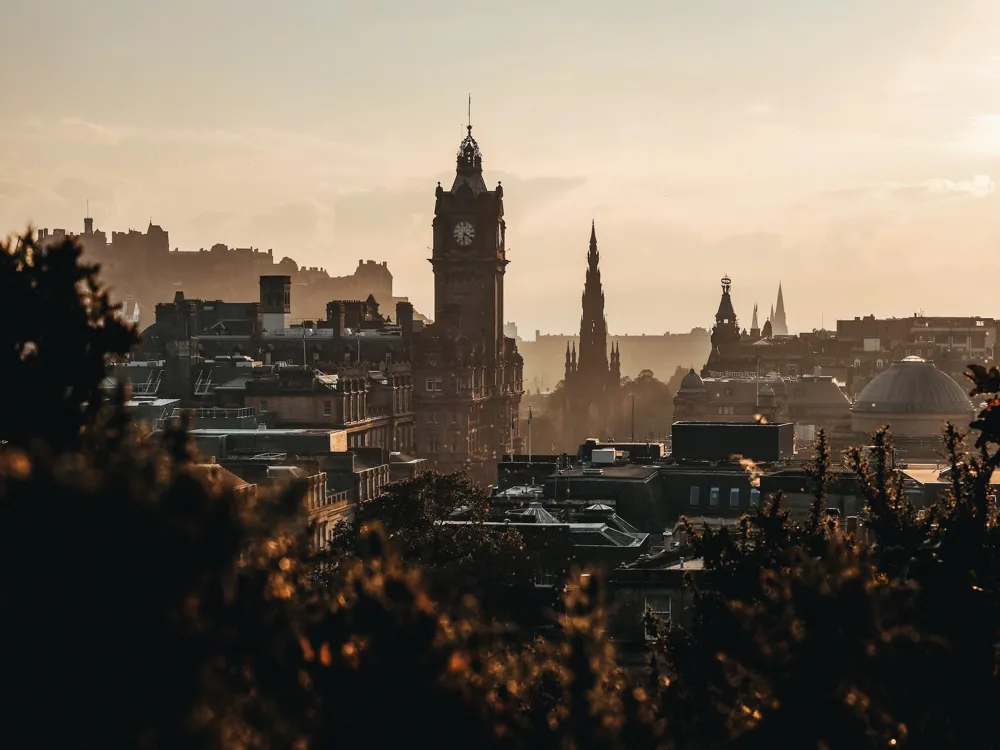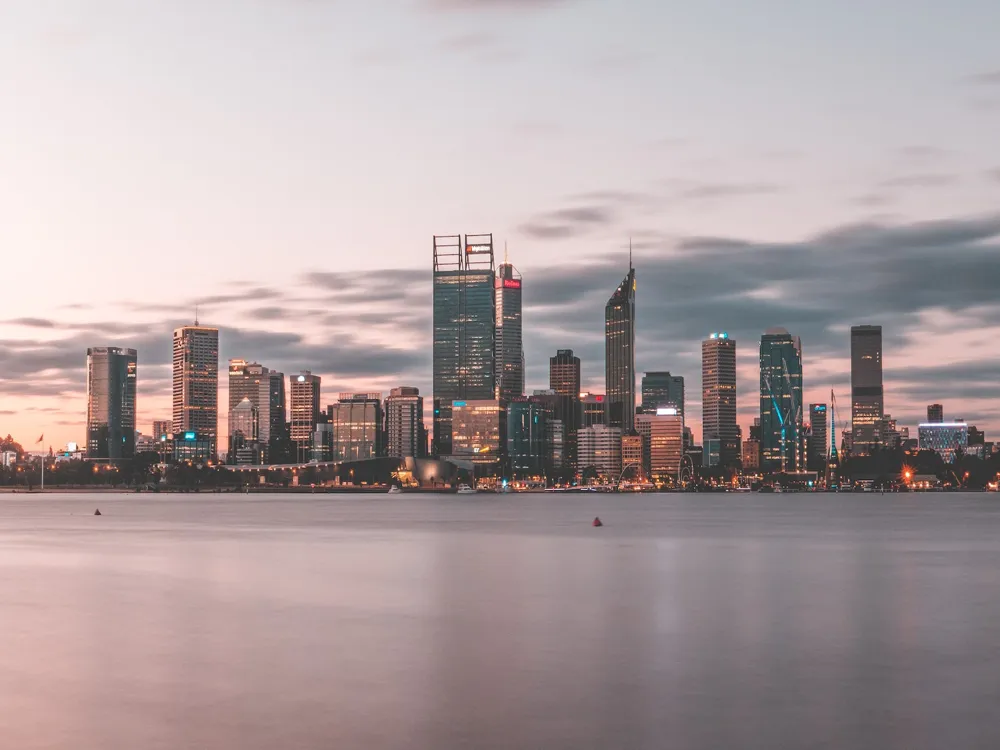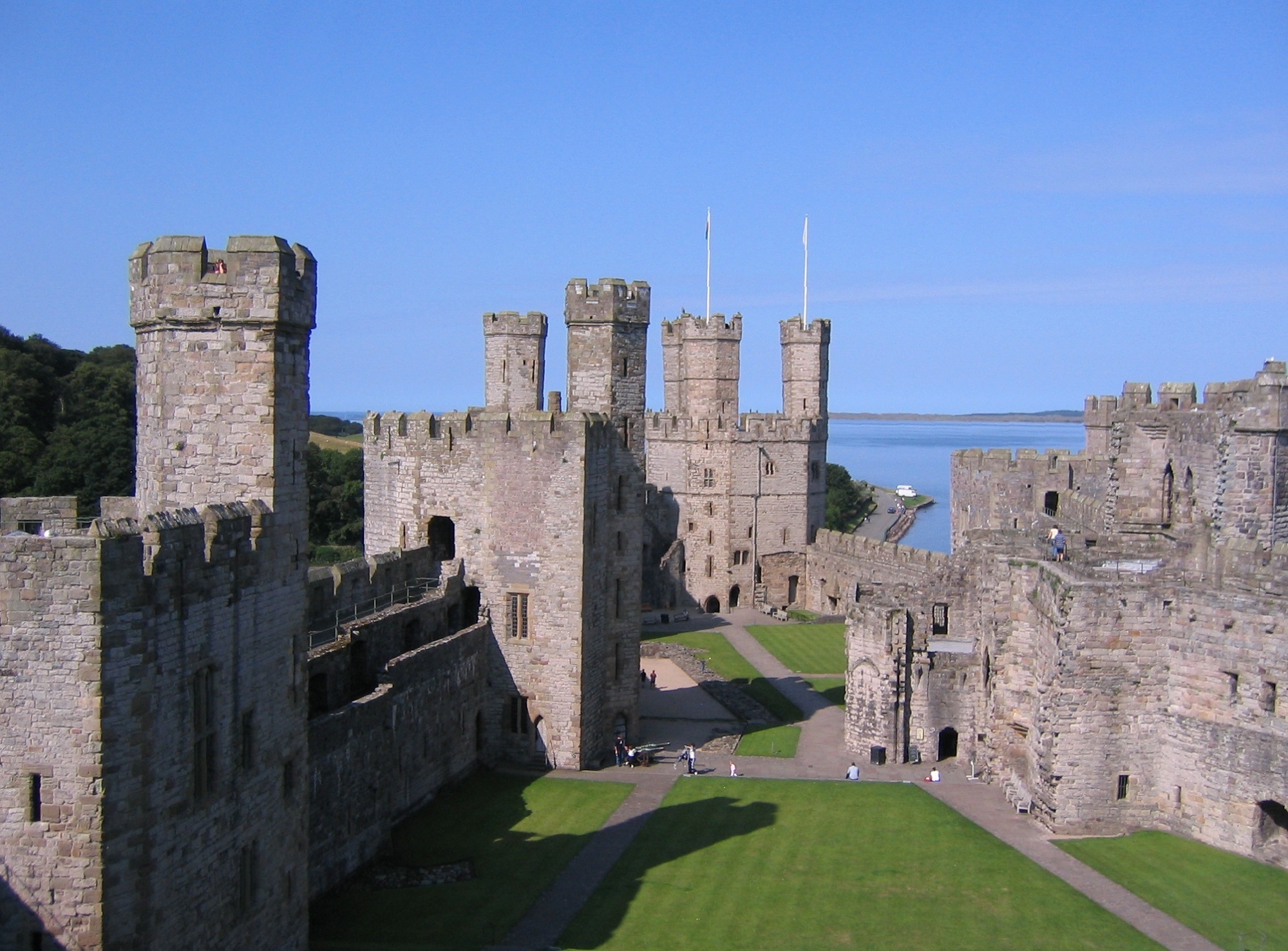What is the Best Time to Visit Scotland?
Scotland, with its breathtaking landscapes and rich history, welcomes visitors year-round. To make the most of your Scottish adventure, understanding the best time to visit is crucial. Let's explore the seasons and weather to help you plan an unforgettable trip.
Autumn (September to November) and spring (late March to May) are the ideal seasons to visit Scotland.
Springtime temperatures range from 43°F to 59°F on average; however, snowfall is still possible in the Highlands and Cairngorms. The hottest months of the year are June through August, with longer days in July and August in the more northern regions.
Starting in late October, the crowds start to thin out. Scotland's stunning autumn foliage may be best viewed in the early to mid-November period. But starting in mid-October, a lot of places close for the winter. Travelling between December and February might be challenging due to snowy weather, but the rewards include breathtaking winter landscapes and crackling log fires.
More about the Best Time to Travel to Scotland
Summertime brings a packed social calendar to Scotland. July marks the beginning of school vacations and the biggest travel season in Scotland. It's also peak season for birdwatchers and the ideal time to explore the 80 islands of Orkney and the 100 islands of Shetland. While darkness is almost nonexistent in far-north Shetland's "simmer dim," or the island's summer-evening twilight, it remains bright until late in Orkney. Moreover, no west coast midges exist. It's also a fantastic time to travel to the Outer Hebrides and experience "Heb Celt," the largest celebration held there.August sees Scotland transform into a cultural hotspot with a plethora of festivals, ceilidhs, whisky extravaganzas, and other events happening around the mainland and islands, welcoming both locals and tourists who are taking advantage of the long summer evenings in the north. Plan your travel and lodging well in advance, since the schedule is more akin to six festivals than just one big event. On the west coast, this is the best time of year to see minke and killer whales, when basking sharks arrive to join the huge dolphin population.
Travel Peak Season in Scotland
Scotland experiences its peak tourist season from late spring to early autumn. During this period, from March to June, the country blossoms with vibrant colours, mild temperatures, and longer daylight hours. It's the ideal time for outdoor activities, exploring historic sites, and enjoying festivals.
-
Weather:
- Summer in Scotland is characterised by milder temperatures compared to other times of the year. Daytime temperatures can range from 15 to 25 degrees Celsius (59 to 77 degrees Fahrenheit), but it's essential to be prepared for variable weather, including rain.
-
Daylight Hours:
- Scotland experiences long daylight hours during the summer, with daylight lasting until late in the evening. This provides ample time for sightseeing and outdoor activities.
-
Festivals and Events:
- Many festivals and events take place during the summer, attracting both locals and tourists. The Edinburgh Festival Fringe in August is one of the world's largest arts festivals, bringing a vibrant atmosphere to the capital.
-
Scenic Landscapes:
- Summer showcases Scotland's landscapes at their best. The hills and glens are covered in lush greenery, and the coastal areas are particularly picturesque.
-
Tourist Attractions:
- Popular tourist attractions, including Edinburgh Castle, Loch Ness, the Isle of Skye, and the North Coast 500 route, tend to be busier during the summer months. It's advisable to book accommodations and tickets for popular sites in advance.
-
Outdoor Activities:
- Summer provides excellent conditions for outdoor activities such as hiking, golf, and water sports. The Scottish Highlands and Islands offer breathtaking scenery and opportunities for exploration.
Travel Offseason in Scotland
The offseason, spanning from November to February, offers a unique charm for travellers seeking a quieter experience. While winter brings cooler temperatures, it also blankets the landscapes in a serene layer of snow. This is a magical time to explore historic castles, enjoy winter sports, and savour the tranquilly of Scotland.
-
Weather:
- Late autumn and early spring can bring a mix of weather conditions, including cooler temperatures, occasional rain, and even the possibility of snow in some areas. It's advisable to dress in layers and be prepared for varying weather.
-
Quieter Attractions:
- Tourist attractions, including popular sites like Edinburgh Castle, Loch Ness, and the Isle of Skye, are generally less crowded during the offseason. This allows for a more relaxed and immersive experience at these locations.
-
Accommodation Discounts:
- Accommodation prices are often more competitive during the offseason, and you may find discounts on hotels, guesthouses, and bed and breakfasts. This can be particularly advantageous for budget-conscious travellers.
-
Availability of Accommodations:
- There's generally more flexibility in choosing accommodations during the offseason, as popular hotels and guesthouses are less likely to be fully booked. This allows for more spontaneous travel planning.
-
Scenic Landscapes:
- The autumn months, in particular, showcase Scotland's landscapes with beautiful fall colours. The countryside becomes a tapestry of reds, yellows, and oranges, providing a stunning backdrop for outdoor activities and exploration.
-
Outdoor Activities:
- While some outdoor activities may be limited due to weather conditions, the offseason is still a great time for hiking, exploring coastal areas, and enjoying the peacefulness of Scotland's natural beauty.
Scotland Weather in Winter (November – February)
Scotland Weather in November
November marks the beginning of winter in Scotland. While temperatures drop, the landscapes transform into a tapestry of autumnal colours. It's an excellent time for those who enjoy crisp air and fewer crowds.
Scotland Weather in December
December brings a festive atmosphere to Scotland. With holiday decorations adorning cities, the ambiance is enchanting. Winter sports enthusiasts can also indulge in activities like skiing in the Cairngorms.
Scotland Weather in January
January sees Scotland immersed in winter's embrace. Snow-covered landscapes provide a picturesque backdrop, making it an ideal time for photography and experiencing traditional Scottish hospitality.
Scotland Weather in February
February, the final month of winter, offers a blend of chilly temperatures and the promise of spring. It's a quieter period, perfect for those seeking a peaceful retreat amidst Scotland's natural wonders.
Scotland Weather in Summers (March to June)
Scotland Weather in March
March signals the transition to spring, with blooming flora and rising temperatures. It's an excellent time for hiking, as the landscapes come to life.
Scotland Weather in April
April showcases Scotland in full bloom. With longer daylight hours, outdoor enthusiasts can explore the diverse ecosystems, from rolling hills to pristine lochs.
Scotland Weather in May
May is characterised by mild temperatures and a burst of colour. It's an ideal month for exploring gardens, coastal areas, and attending local festivals.
Scotland Weather in June
June marks the beginning of summer, with the longest days of the year. Scotland's festivals, including the famous Edinburgh Festival Fringe, attract visitors from around the globe.
Scotland Weather in Monsoon (July – October)
Scotland Weather in July
July brings warmer temperatures, making it an ideal time for outdoor activities and exploring Scotland's diverse landscapes.
Scotland Weather in August
August continues the summer splendour, with various events and festivals showcasing Scotland's cultural richness.
Scotland Weather in September
September ushers in cooler temperatures, signalling the transition to autumn. It's a fantastic time for hiking and enjoying the changing colours of the landscapes.
Scotland Weather in October
October presents a mix of autumnal hues and lingering traces of summer. It's a quieter time for travellers who prefer a more relaxed pace.
Conclusion
In conclusion, choosing the best time to visit Scotland depends on your preferences. Whether you crave the festive atmosphere of winter or the vibrant colours of summer, Scotland offers a diverse and enchanting experience year-round.
Tourist Places to Visit in Scotland
Edinburgh
The capital city of Scotland, Edinburg is located in the Central Belt region of the country. The city is a combination of both ancient and modern atmosphere and is divided into two segments: the Old town and the Georgian New City. Edinburgh is now a city of festivals and entertainment. It is also a ...
Glasgow
The largest city in Scotland, Glasgow is situated on the banks of River Clyde in the West Central Lowlands of the country. It was historically a part of Lanarkshire. From being the powerhouse of industrial Britain, it has transformed itself into a major tourist destination across the world.
Perth
Perth is a beautiful city located in the heart of Scotland. It is one of the most picturesque cities in Scotland, with its cobbled streets and quaint buildings. It has a long history of being an important center for trade and industry, and it is also known for its vibrant nightlife.
All Places to Visit In Scotland
Faq
Is winter a good time to visit Scotland?
Absolutely! Winter in Scotland offers a unique charm with snow-covered landscapes and festive celebrations.
What is the best month for outdoor activities in Scotland?
May and June are ideal, with mild temperatures and longer daylight hours for exploring nature.
Are there festivals in Scotland during the offseason?
While fewer, there are winter festivals in Scotland, especially around December, adding a festive touch.
Can I experience traditional Scottish culture during the offseason?
Yes, the offseason allows for a more intimate experience with Scottish culture, away from the peak crowds.
Are there any specific events in August in Scotland?
August hosts various events, including the Edinburgh Festival Fringe, one of the world's largest arts festivals.


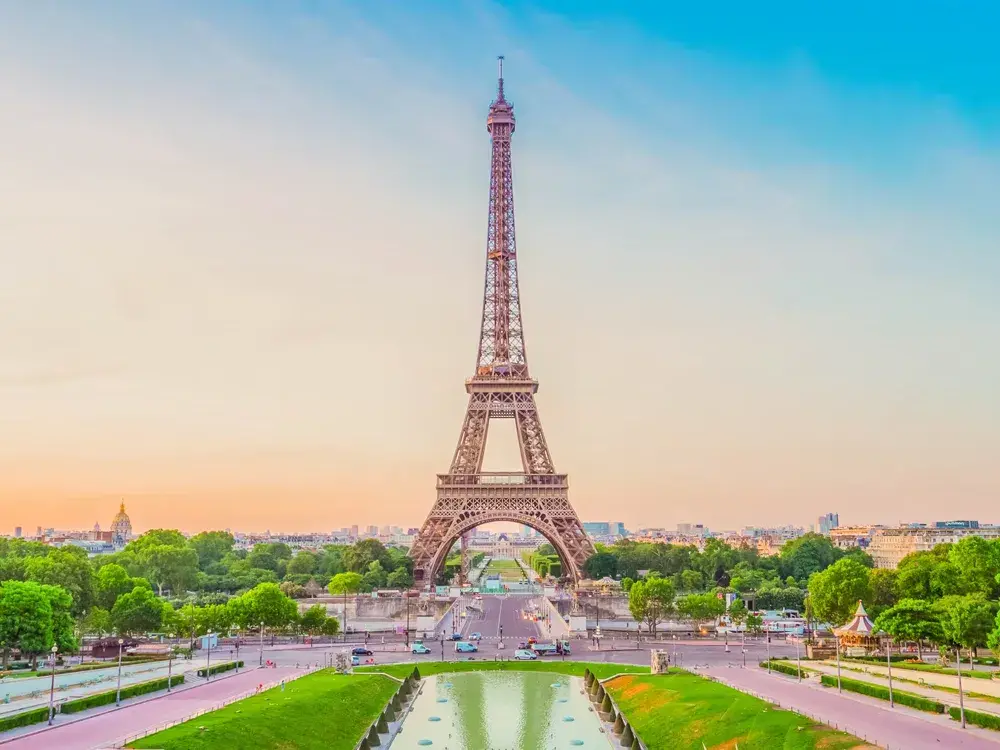








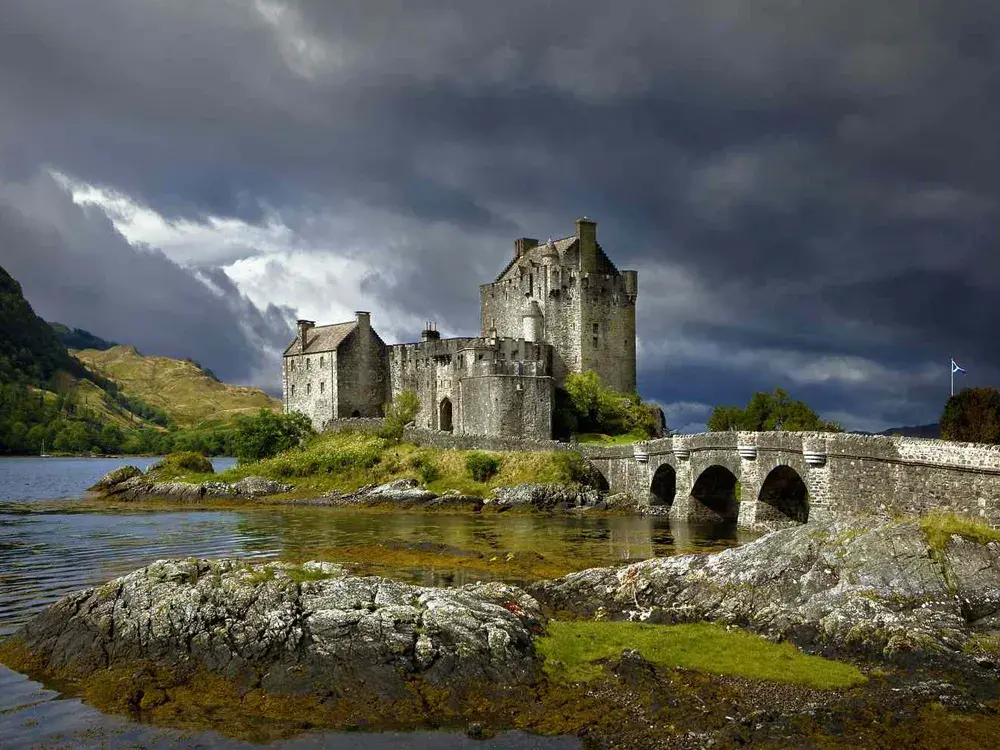

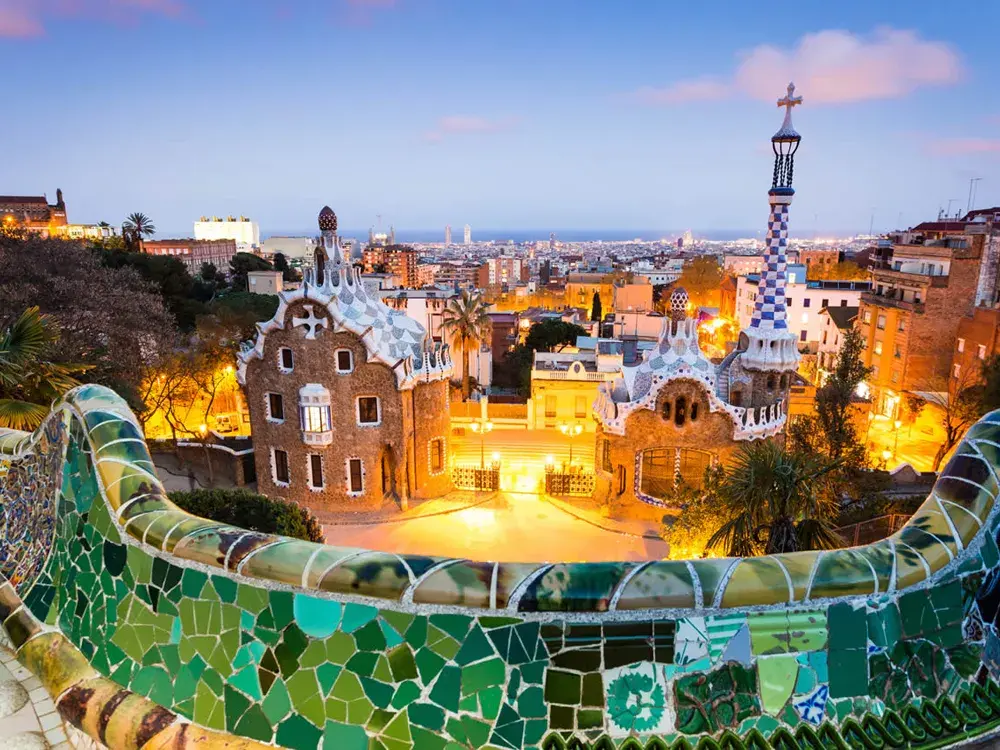



.webp)




